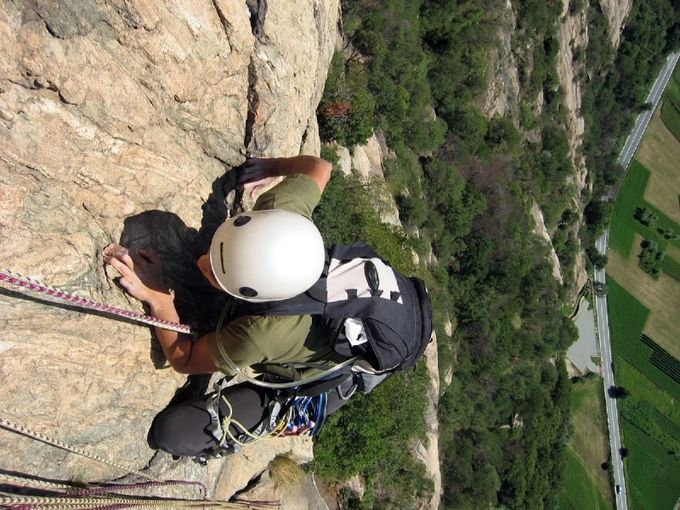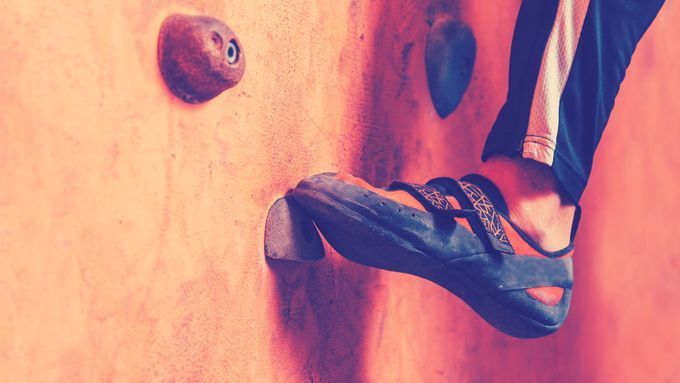Climbing can seem pretty daunting at first glance. There’s the climbing gear to figure out, gut wrenching heights to conquer, crazy slang and a very real chance of death if you get it wrong. With all this spinning around your head, it’s no wonder that some people are a bit overwhelmed when they decide to start climbing for the first time.
Thankfully there’s normally at least one friendly face around to give you some pointers and help you to really enjoy your first time taking on a wall. Climbers might seem like loners but they’re generally a pretty friendly lot who are always ready with some helpful tips or to point out that you’re 10 meters up a wall with your harness undone.

For those of you that are a bit short on the mate front or, excuse the metaphor, just want to hit the ground running there’s Mpora.
Rock Climbing | Everything You Need To Know
We want to make sure you have a great time too, even if we’re stuck in an office having to write this advice rather than getting chalked up and racing you up a crag. So here are some killer tips to get you stuck into the awesome fun that is climbing.
1) Use Your Feet

When most people start climbing they pay a lot of attention to what’s right in front of them, grabbing at the nearest hand hold and pretty much just dragging their feet up the rock behind them. Upper arm strength is important in climbing but real climbers use everything at their disposal to make it to the top.
It might sound obvious but using your whole body makes the whole process of climbing much easier. Thinking a little bit about where you’ve placed your feet can make the difference between reaching that next hold and falling off, and when you stick your first route you’ll soon be coming back for more.








